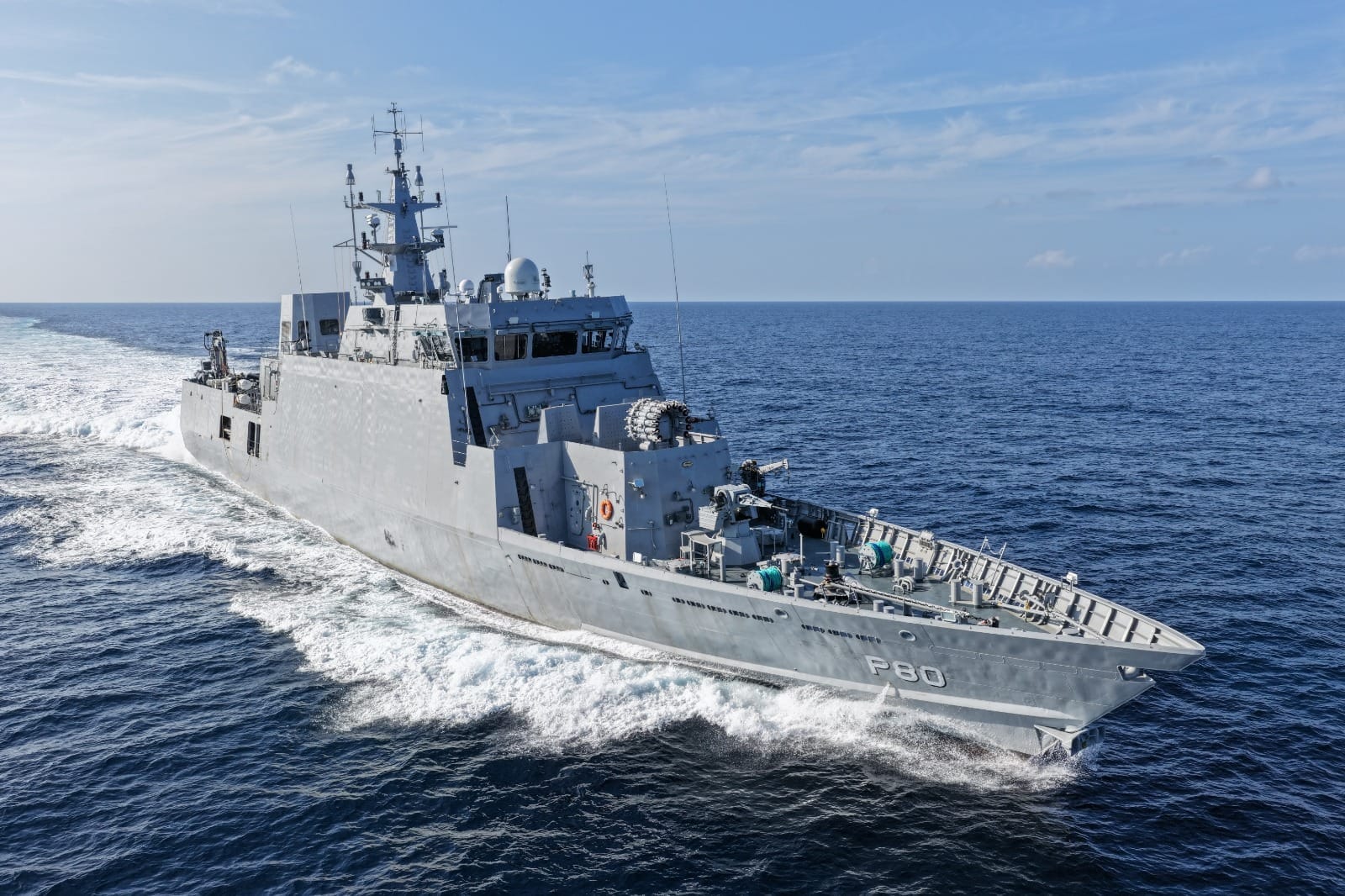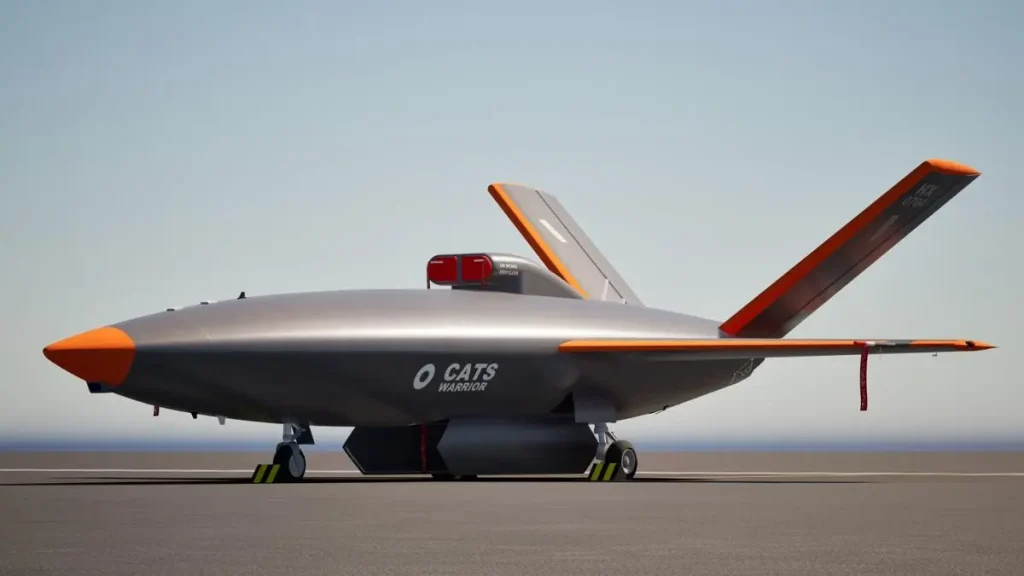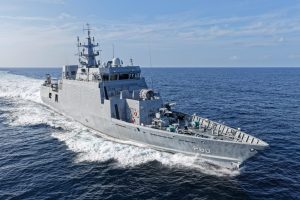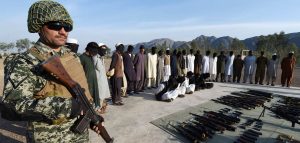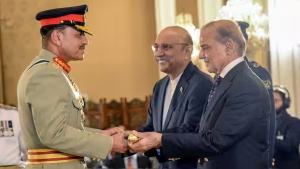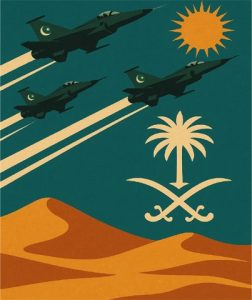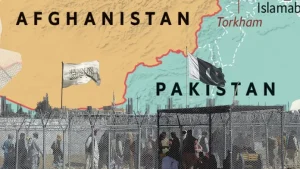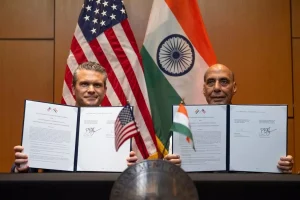The character of air warfare has been evolving, and so has the doctrinal thinking of modern air forces. On the capability development front, air forces are increasingly investing in the design and production of advanced unmanned aerial vehicles (UAVs). Meanwhile, their conceptual focus is on creating a connection based on the Manned-Unmanned Teaming (MUM-T) concept. This idea involves a manned aircraft, called the ‘mothership,’ which serves as the control center. Depending on the mission, the mothership could be a fighter, a transport aircraft, or a rotary manned platform. The Indian Air Force (IAF) is also undergoing a similar transformation phase. The unveiling of the Combat Air Teaming System (CATS) initiative in 2018 was a maiden step in this regard. It has three primary offshoots: CATS Warrior, CATS Hunter, and CATS Air Launched Flexible Asset-Swarm (ALFA-S), all of which are operated by a manned fighter jet. Nonetheless, the article’s primary focus is on decoding the CATS Warrior initiative.
CATS Warrior is an unmanned combat aerial vehicle (UCAV) capable of performing both surveillance and kinetic strike missions. It can carry a 650 kg load of weapons on its four hard points, comprising two internal and two external each. The internal and external hard points can carry munitions and missiles up to 155 kg and 175 kg, respectively. This also enables the UCAV to carry the Astra-1 air-to-air missile, which can engage targets at a distance of 110 km, thus providing the platform with beyond visual range capability. It has an operational radius of 350 km, and if going to conduct a suicidal mission, it has fuel to reach targets located as far as 700 km. The combat radius is expected to increase in the future, as the IAF is likely to add the refueling probe to the airframe, thus allowing it to refuel midair.
Two PTAE-7 turbojet engines propel the UCAV. They enable the airframe to achieve a maximum acceleration of 800 km/h. Earlier this year, Hindustan Aeronautics Limited (HAL), the company leading the CATS Warrior program, conducted an engine ground test run for the CATS Warrior, illustrating significant progress. The speed is likely to increase in the future because HAL has been considering the Manik turbofan engine offered by the Indian company GRTE, which provides a higher thrust-to-weight ratio. Moreover, this will increase fuel efficiency, lower maintenance costs, and extend loitering time in the air.
CATS Warrior offers multiple operational benefits. The primary objective is to enable the IAF to conduct precision deep-strike missions while minimizing human casualties and mission expenses. Moreover, it can be employed as a spy plane, orbiting at high altitudes for extended durations over the adversary’s territory, due to its stealth features, which make it difficult for the opponent’s radar to detect. As it will be more maneuverable compared to large surveillance drones, the IAF will be keen to deploy it in a hostile environment. In addition, it can carry air-to-air munitions in its internal weapons bays, allowing the mothership to use it as a platform to shoot down the adversary planes. Moreover, it can offer to sacrifice itself for the mothership, which makes it unique.
As of August 2025, the Indian Navy is also in negotiations with HAL to design a maritime version of the aircraft. They will be designed to conduct their missions from both aircraft carriers and land airstrips of the Indian Navy. Likewise, the Indian Army is also considering inducting a similar capability in the near future. However, in the army case, the leading platform to control these UCAVs will be Prachand attack helicopters, which can control at least three UCAVs during a single sortie, according to HAL. Interestingly, earlier this year, in March 2025, the Indian army had already ordered 90 Prachand gunships.
The interest of tri-services in the CATS Warrior program poses a multidimensional threat to Pakistan. The Indian Navy can employ them for targeting the Pakistan Navy’s surface fleet, coastal defence batteries, and naval bases. The Indian army will deploy them for targeting Pakistani attack helicopters, tank regiments, and attacks on frontline posts while providing air cover to the Indian ground forces. The IAF will employ them to neutralize Pakistan’s air defence assets, including radars and surface-to-air missile units, targeting of air bases and command and control centres, and striking ammunition and supply dumps.
Considering the capabilities possessed by CATS Warrior and the missions it can perform, a new threat to Pakistan in the air domain has emerged because these unmanned platforms are low-cost, which will enable the Indian military to induct them in large numbers. The CAT’s warrior can be employed in the next Indo-Pak aerial engagement. Although it will take some time before they can deploy the manned-unmanned teaming systems together, the IAF is expected to take the lead in this regard, as they began this project before the other two services. Given the recent loss of Indian fighter jets, the IAF is expected to accelerate the development of the HAL CATS Warrior program, as it will enable the IAF to deploy payloads from safe distances using unmanned systems. Therefore, to counter the mounting threat, the most effective and practical course of action is for Pakistan to invest in its counter-unmanned capabilities by introducing additional low-level radars, low-observable sensors, and enhancing both hard and soft kill capabilities.

